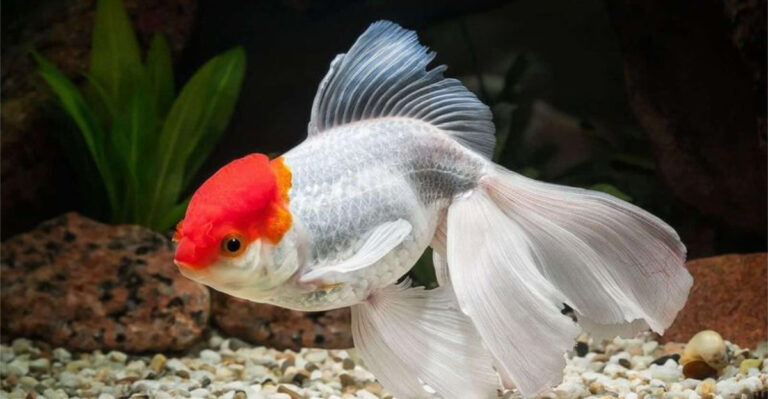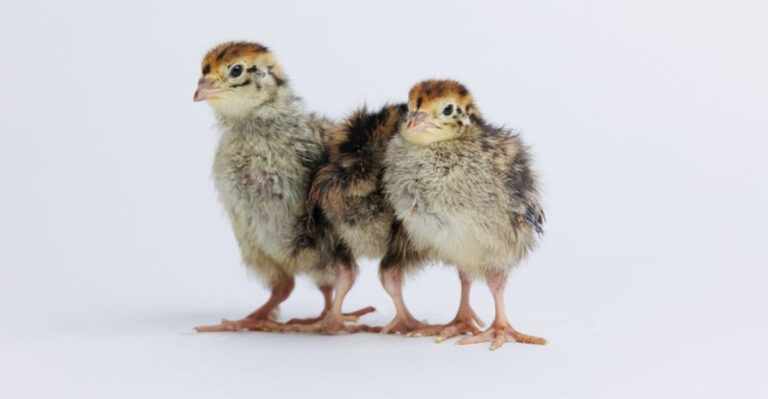16 Interesting Facts About Bats (And Why They Can’t Be Pets)
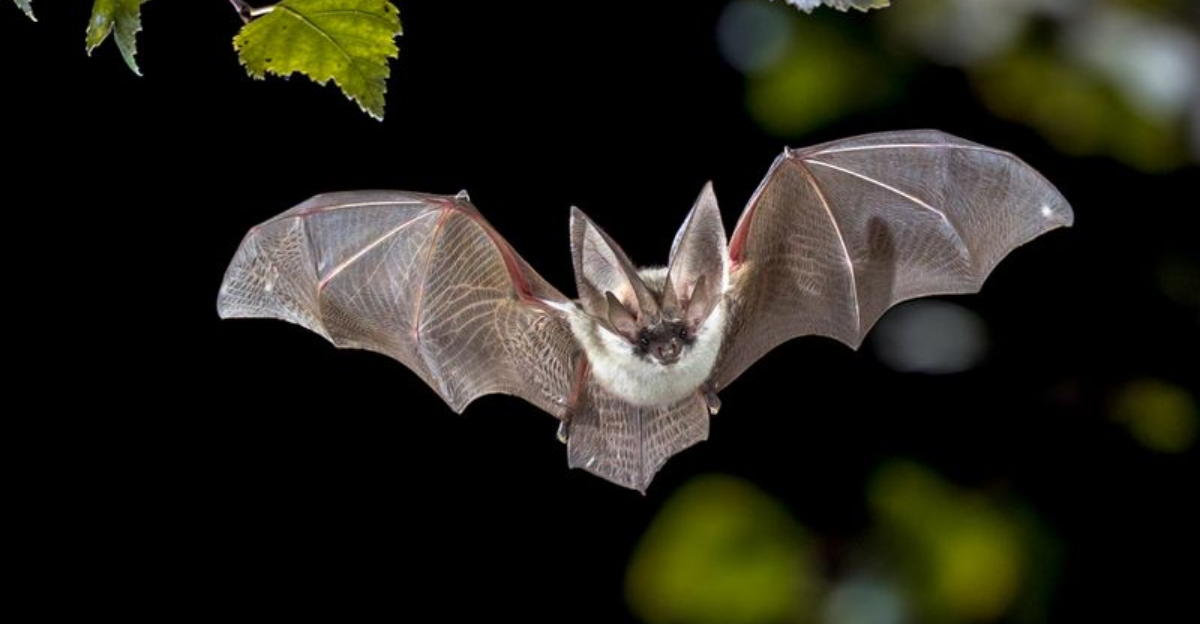
Bats are often misunderstood creatures. From their unique ability to navigate in the dark using echolocation to their vital role in ecosystem balance, bats are truly fascinating.
Despite their intriguing nature, bats are not suitable as pets for various reasons. This list will explore interesting facts about bats and why they thrive best in the wild.
1. Bats Are The Only Flying Mammals
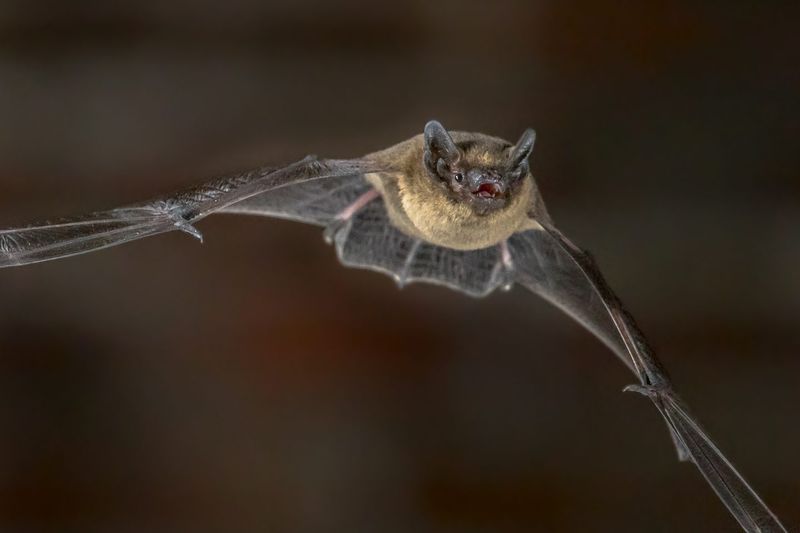
Bats hold the unique distinction of being the only mammals capable of sustained flight. Unlike flying squirrels that glide, bats truly fly, flapping their wings like birds.
Their wing structure, resembling a human hand, is covered in thin skin.
This allows for incredible agility in the sky. Isn’t it fascinating how evolution has tailored them to fill this niche? Their nocturnal flights help them avoid predators and find food, making them masters of the night air.
2. Bats Use Echolocation To Navigate
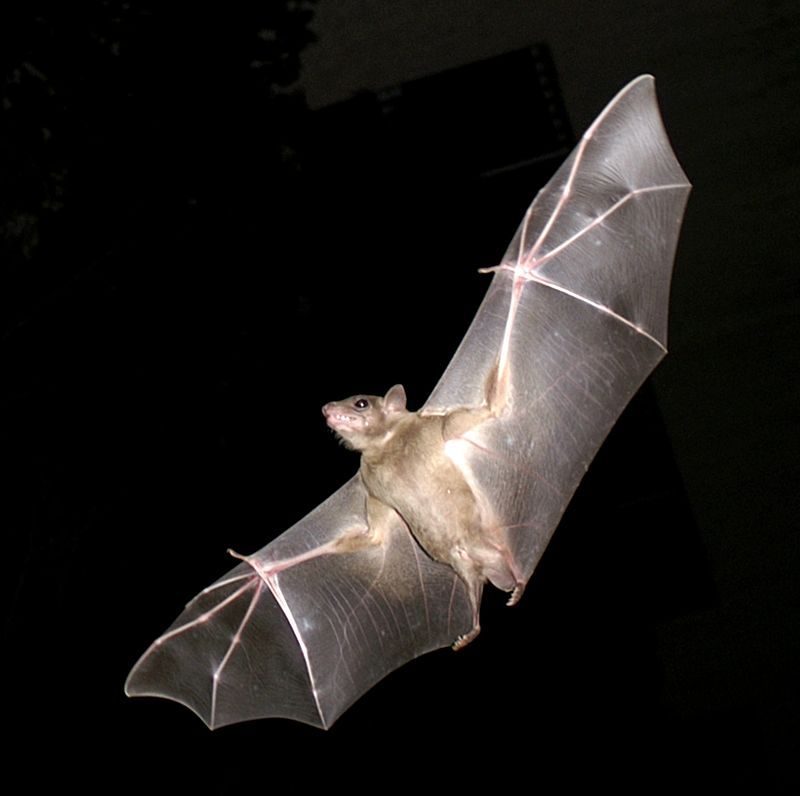
Ever wonder how bats find their way in the dark? They use echolocation, emitting high-frequency sounds that bounce off objects, returning as echoes.
This sonic map reveals their surroundings with remarkable precision. Imagine having such a superpower! It helps them locate prey, avoid obstacles, and even communicate with each other.
The intricacy of their echolocation skills is truly a marvel of nature, making them sophisticated hunters of the night.
3. Bats Play A Vital Role In Ecosystems
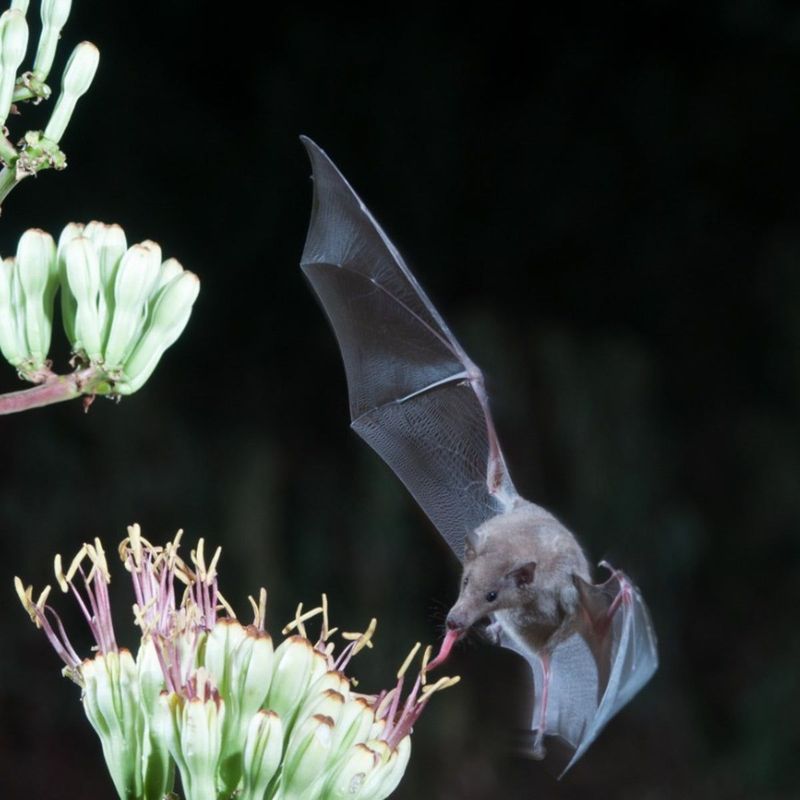
Did you know bats are essential to many ecosystems? They pollinate flowers, disperse seeds, and control insect populations.
Think of them as nature’s gardeners and pest controllers! By consuming vast amounts of insects, they help reduce agricultural pests, benefiting crops and reducing the need for pesticides.
Their role in maintaining ecological balance is invaluable, highlighting their importance far beyond their mysterious nocturnal lifestyle.
4. Bats Have A Diverse Diet
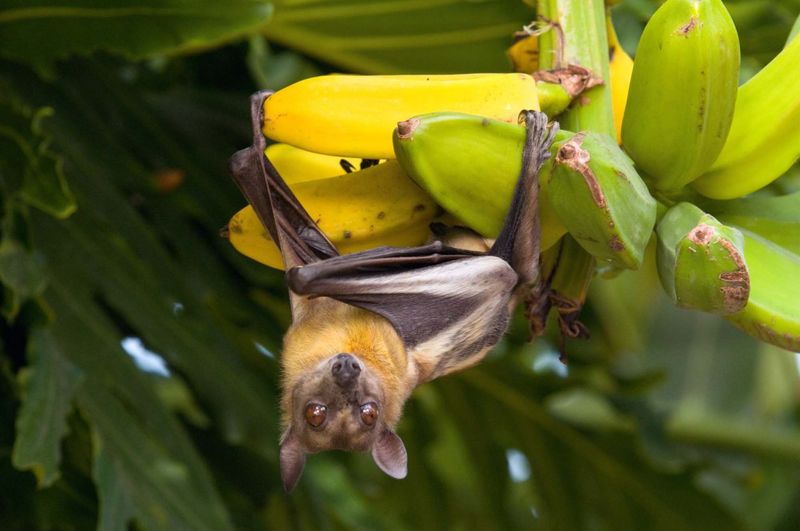
Bats are not picky eaters. While many feast on insects, others enjoy fruit, nectar, or even small animals.
This dietary diversity allows them to inhabit various environments, from tropical forests to deserts. Each diet type plays a role in their ecosystem, such as pollination or seed dispersal.
Their varied diet showcases their adaptability and the intricate connections they form within the natural world.
5. Bats Live In Complex Social Structures
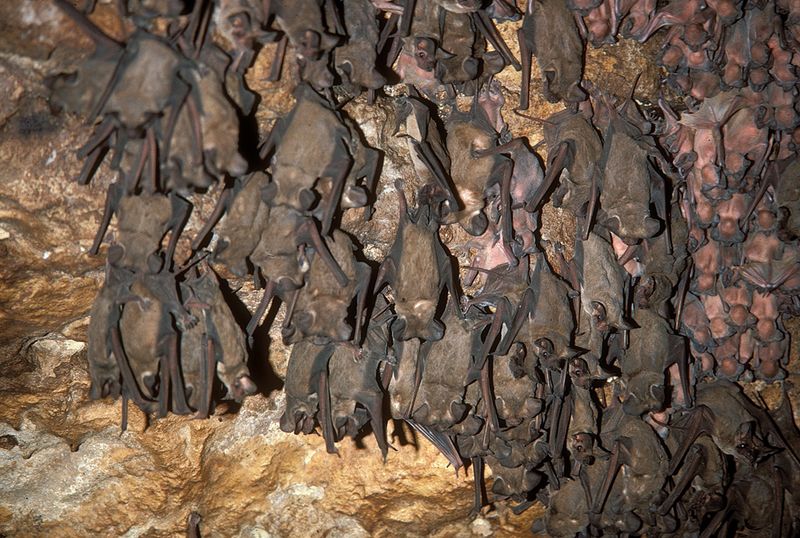
Bats are social creatures, often forming large colonies. These communities can number in the thousands, with intricate social structures and communication methods.
They groom each other, share food, and even adopt orphaned pups. Their social interactions ensure survival and demonstrate their intelligence and adaptability.
It’s like having a bustling city within a cave, where cooperation and social bonds are key to thriving in the wild.
6. Bats Can Live A Long Time
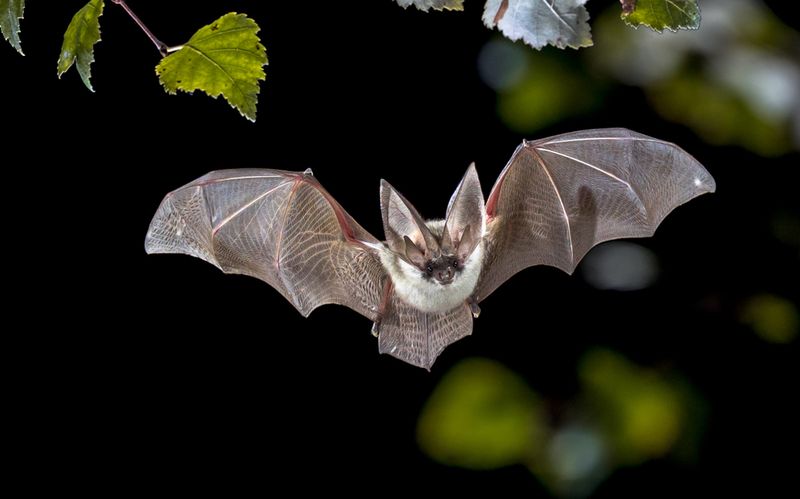
Ever heard of a mammal that can defy the usual aging process? Bats can live surprisingly long lives, some reaching over 30 years.
Their longevity is due to low disease rates and slow aging processes. This is impressive for small mammals, and scientists study bats to unlock secrets of longevity.
In the wild, their extended lifespan enables them to contribute significantly to their ecosystem over the years.
7. Bats Exist In Almost Every Habitat
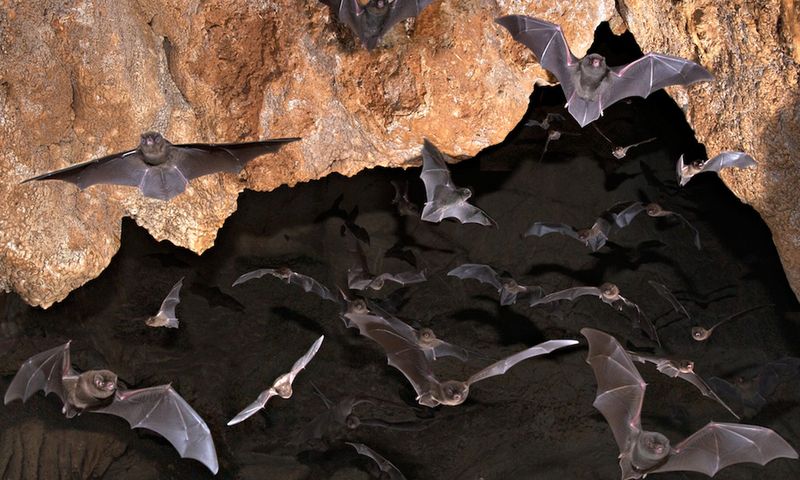
Bats are nothing if not adaptable. They inhabit almost every habitat on Earth. From arid deserts to lush rainforests, even bustling urban areas, bats find ways to thrive.
Their ability to adapt to diverse environments highlights their resilience and evolutionary success. Despite their small size, bats make a big impact wherever they live, showcasing their unmatched adaptability.
8. Bats Are Not Blind
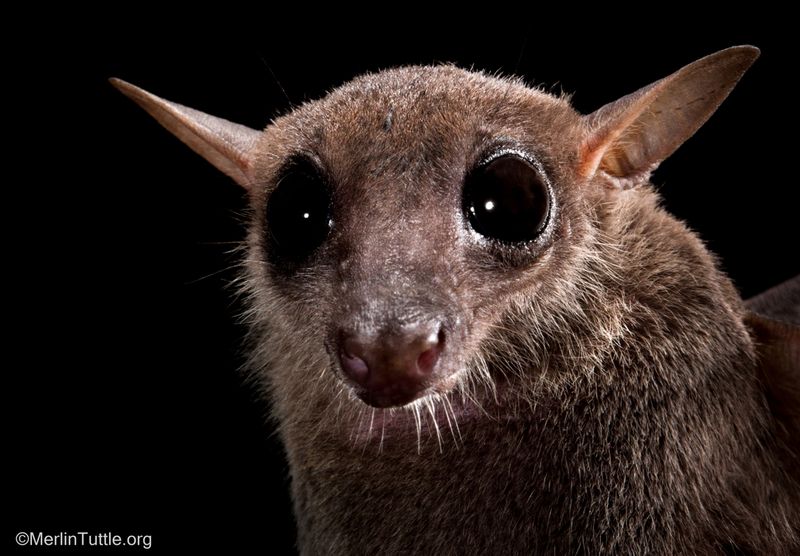
Contrary to popular belief, bats are not blind. Most species have good eyesight, especially at night.
Their eyes are adapted to low light conditions, which helps them see in the dark. This, combined with their echolocation, makes them adept hunters.
So, the next time someone says, “blind as a bat,” you can set the record straight!
9. Bats Have Unique Mating Rituals
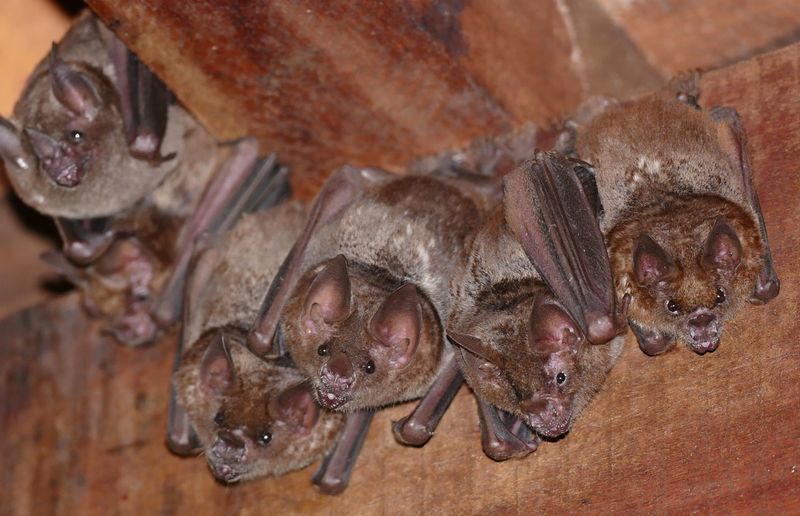
Bats have some of the most fascinating mating rituals in the animal kingdom. Some species perform intricate dances, while others use vocalizations to attract mates.
These rituals ensure genetic diversity and strengthen social bonds within colonies. Their courtship behaviors are a testament to their complex social lives and highlight the intricate relationships they form.
It’s a dance of survival and continuity in the wild.
10. Bats Are Nocturnal Navigators
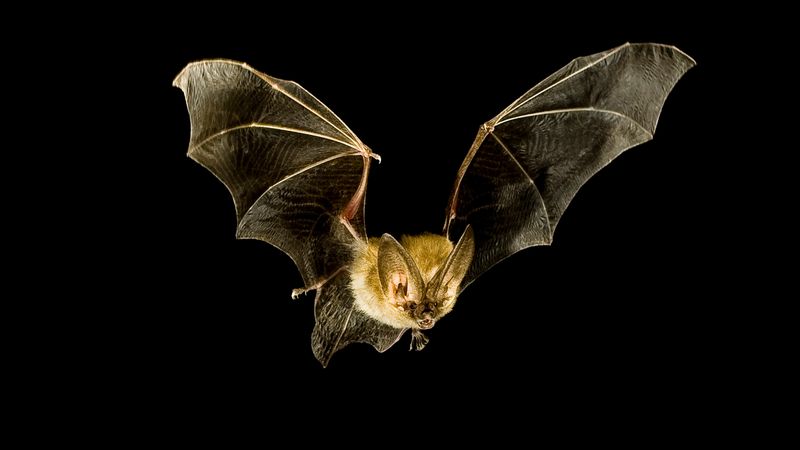
Bats are the quintessential night owls. Their nocturnal nature allows them to avoid predators and hunt food at night.
With echolocation and excellent night vision, they navigate the darkness with ease.
This adaptation not only ensures their survival but also plays a crucial role in their ecosystem, as they emerge to pollinate flowers and control insect populations under the cover of night.
11. Bats Cannot Be Domesticated
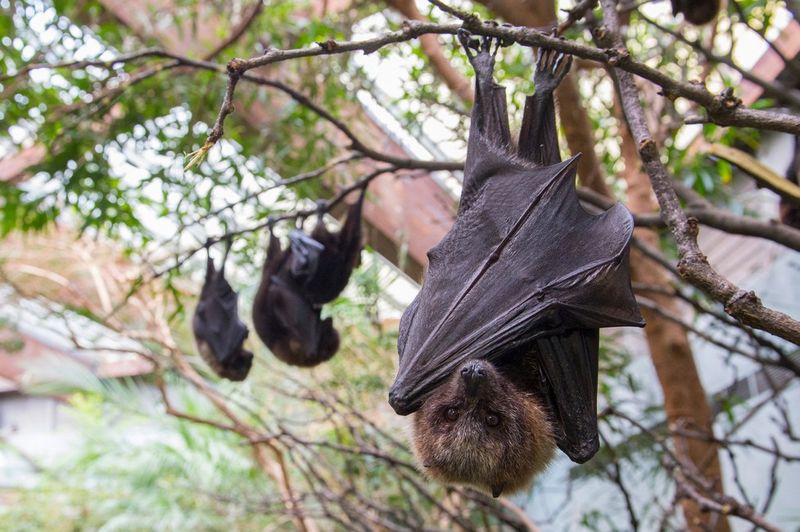
Why can’t bats be pets? Despite their fascinating traits, bats are wild animals with complex needs. They require specific diets, social structures, and environments to thrive.
Domestication isn’t just about taming; it involves altering behaviors over generations, something unsuitable for bats. Their wild instincts and natural behaviors are best observed in their natural habitats.
Keeping them as pets would disrupt their ecological role and well-being.
12. Bats Face Conservation Challenges
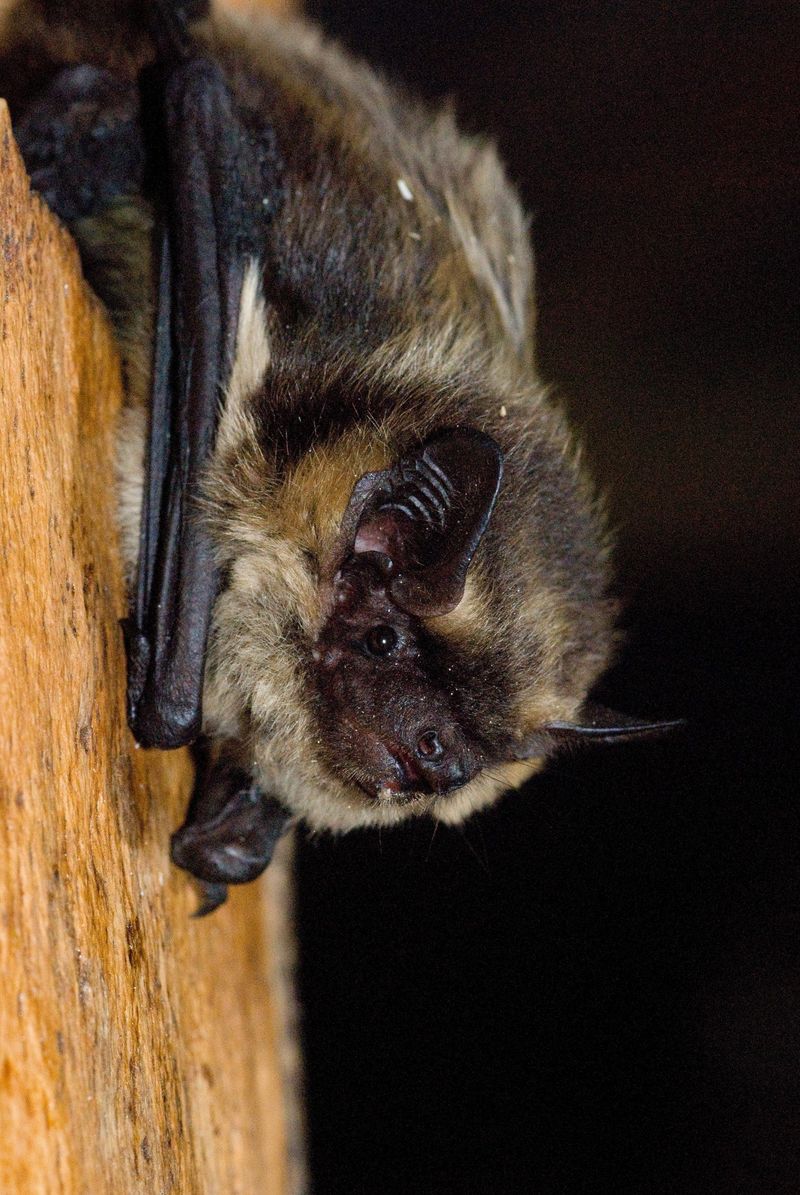
Bats are facing numerous threats, from habitat destruction to climate change. These challenges impact their populations and the ecosystems they support.
Conservation efforts are vital to protect these unique creatures and their habitats. By understanding their ecological importance, we can better appreciate their role and work towards preserving their future.
Their survival is critical for maintaining biodiversity and ecological balance.
13. Bats Are Highly Intelligent
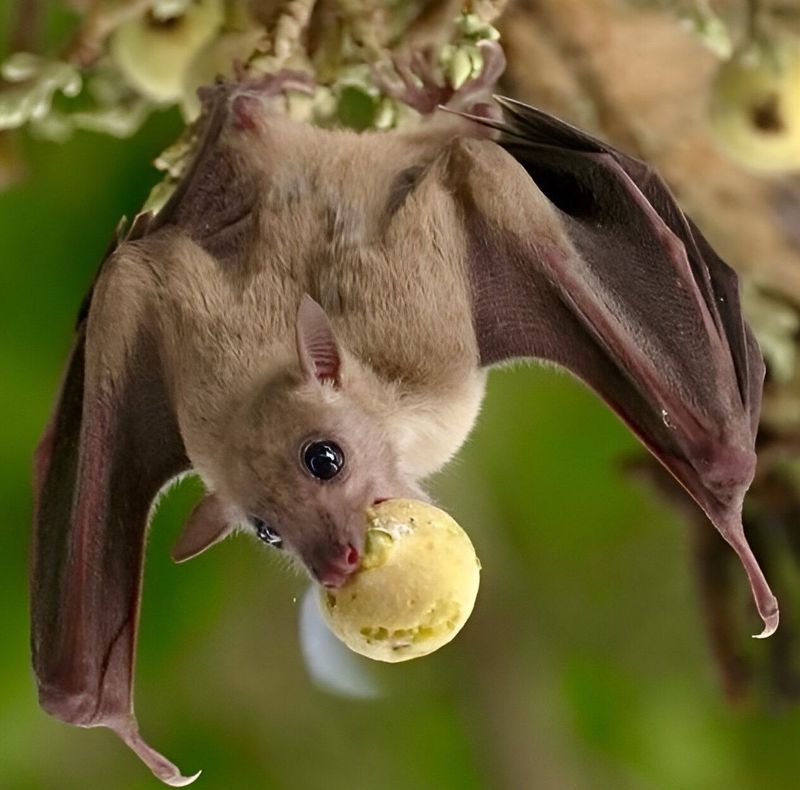
Bats are smarter than they appear. They exhibit problem-solving skills and curiosity. Some species use tools, while others demonstrate advanced learning abilities.
Their intelligence is evident in their social structures and complex behaviors. Understanding their cognitive capabilities can change perceptions, showing that bats are more than just shadowy figures of the night.
They are intelligent creatures deserving of respect and protection.
14. Bats Contribute To Medical Research
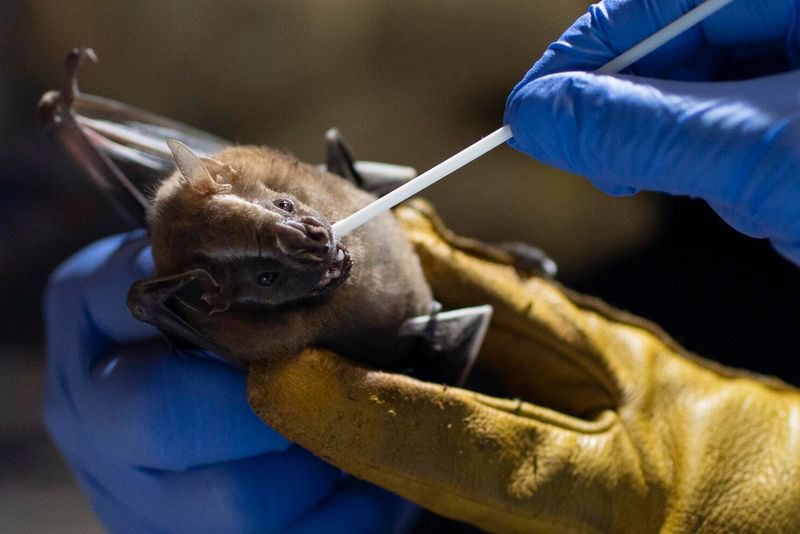
Bats are unlikely heroes in medical research. Their unique biology offers insights into aging, disease resistance, and more.
Scientists study bats to understand immune responses, longevity, and even echolocation. These studies could lead to breakthroughs in human medicine, showcasing the potential of these misunderstood creatures.
Their contribution to science is invaluable, proving they’re more than just night dwellers.
15. Bats Have Cultural Significance
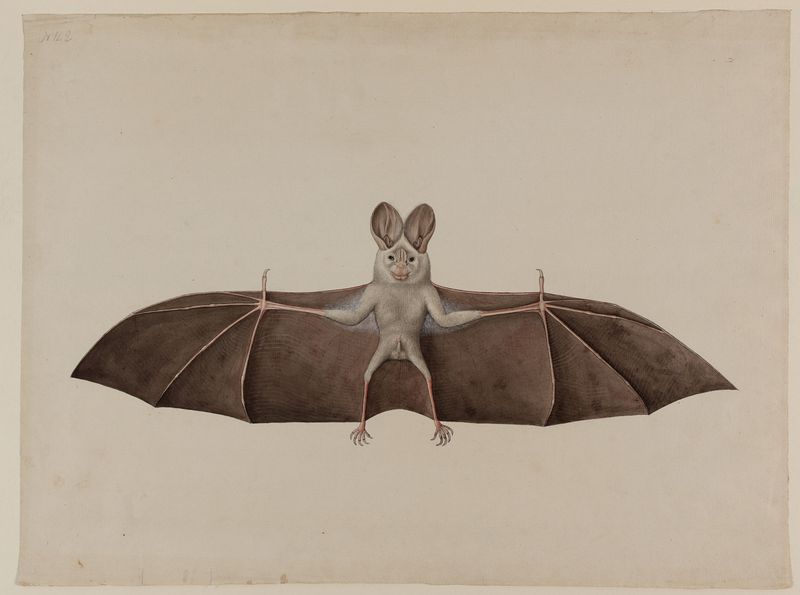
Bats hold symbolic meanings in many cultures, from good fortune in China to symbols of darkness in Western folklore.
These varying beliefs reflect our complex relationship with bats. Whether revered or feared, they capture human imagination, inspiring stories, art, and traditions.
Their cultural significance highlights our long-standing fascination with these mysterious creatures of the night.
16. Bats Are Misunderstood Creatures
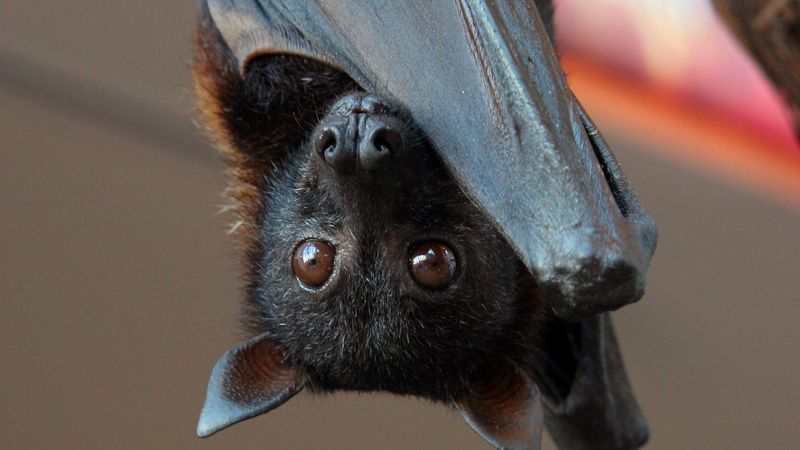
Bats often get a bad rap, thanks to myths and misconceptions. Many see them as harbingers of evil or disease carriers, overshadowing their ecological roles.
Yet, they’re essential to many ecosystems and contribute positively to human life. By debunking myths and educating others, we can foster appreciation and protection efforts.
Understanding bats as allies, not adversaries, can shift perceptions and build a brighter future for these incredible creatures.


